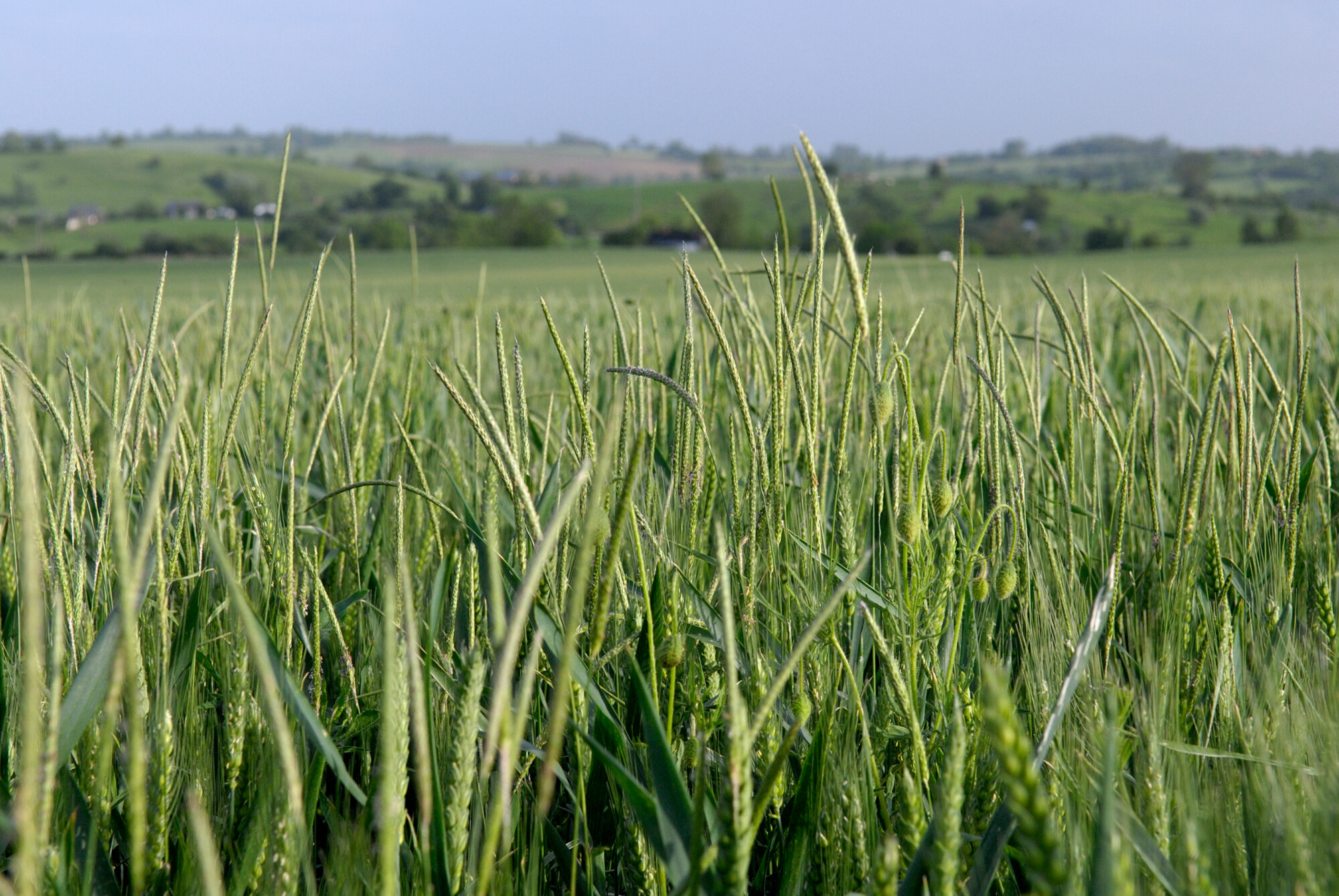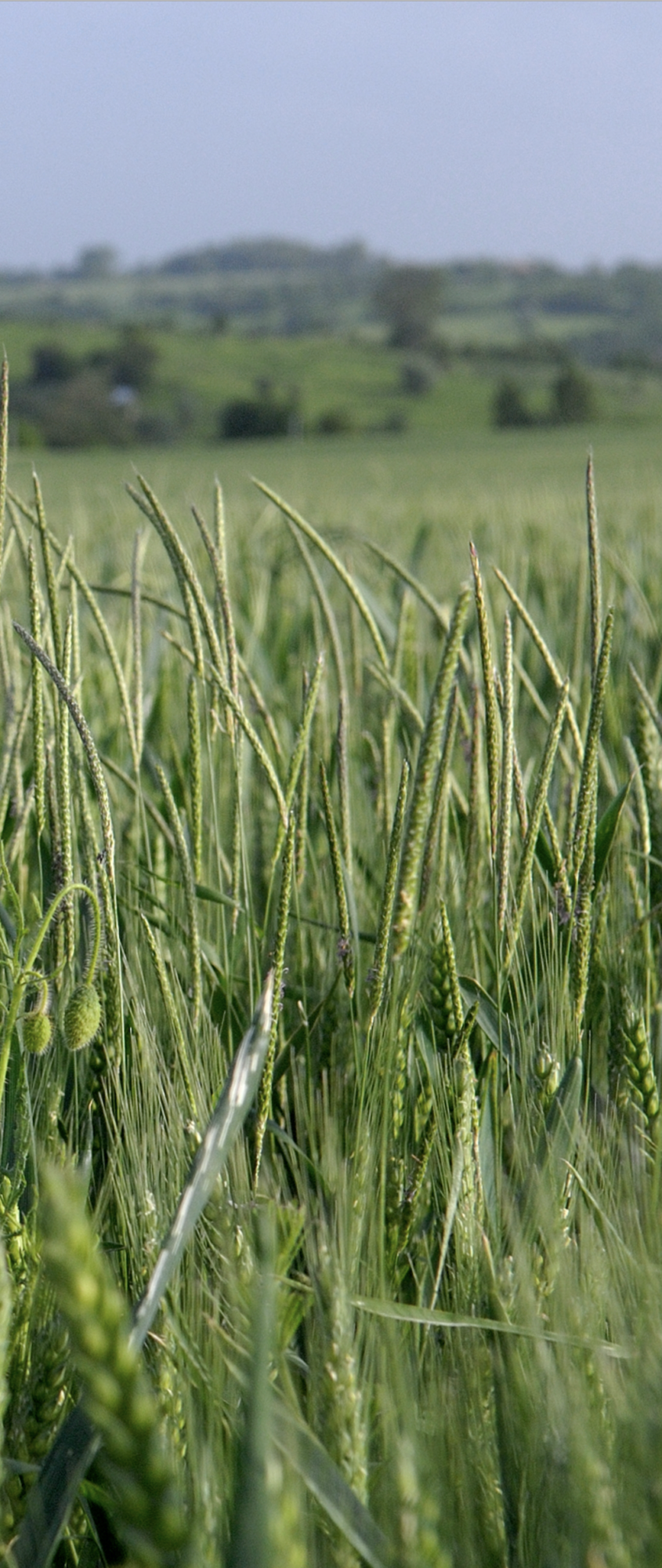Grassweed management: The four pillars of weed control
15th September 2021
In June, in lieu of a real-life event, BASF welcomed growers digitally, with the Real Results Virtual Farm Online Demo Week. One of the sessions focused particularly on grassweed control.
The webinar was hosted by BASF’s campaign manager for cereal herbicides, Ali Richards. Opening, Ms Richards commented: “We say the four pillars, but perhaps we should be saying ‘some’ four pillars as really there are so many different aspects to think about, especially when it comes to black-grass and ryegrass control.” But the four pillars particularly referred to in this webinar were what BASF considers to be four of the most important – delayed drilling, resistance management, pre-emergence herbicide, and digital solutions.
Delayed drilling
NIAB agreed to partner with BASF at its Hardwick black-gras research site in June, and within the webinar, a video was played whereby NIAB weed biologist John Cussans showed viewers around the BASF/NIAB Hierarchy Trial plots.
Mr Cussans explained the motive behind the trial: “Part of the trials, which were supported by BASF, was looking at the hierarchy of factors in black-grass control. The idea was to reinforce some simple messages. We do want attention to detail from growers, but there’s no point in optimising the small things if you’re not getting the big things right in the first place. In this trial, the biggest impact that we’ve seen in black-grass numbers is drilling date. The second most important was product choice, followed by application timing. And then yes, we’re seeing that the way in which you apply pesticides will make a difference, and it is, if you like, putting the icing on the cake – but the trial really enforced the message that important thing is to ensure the cake is right first.”
Mr Cussans started his crop tour with a series of plots which were drilled at the early drilling date towards the end of September. An untreated plot demonstrated the high background pressure of black-grass on the site.
Moving into the treated plots, also drilled in the late September window, he stated it had been a great season for herbicide performance in general, so all the herbicides tested gave a good level of control but the Luximo [cinmethylin] + pendimethalin treatment gave the best levels of controls in the NIAB test beds.
Within the treated plots, half had been applied with aflat fan at 100-litres/ha, at 10km/h forward speed, compared with the other half being applied using a 200-litre water volume with a 90 per cent drift reduction nozzle. While there was a difference between the two halves of the plot, the size of the difference was relatively small compared to those seen between herbicide choice, application timings and, most profoundly, the drilling date.
The second crop area in the NIAB Hierarchy trial was drilled four weeks later. In the untreated plot, there was still quite a high level of black-grass, but a massive reduction compared to the untreated plot which had been drilled four weeks earlier.
Looking at the treated plots, the control was even better. Mr Cussans commented: “This trial of hierarchies is indicating it’s that combination of factors of picking a drilling date that suits the level of black-grass pressure in the field, making sure that your application timing is really tight up against the drilling, picking really effective herbicides, and then perhaps looking at how you can optimise the application technique.
“No one individual element is completely providing that low level of seed return – to get that transformation in weed control, you need the combination of different approaches.”
Back to the webinar, and BASF business development manager, Stuart Kevis, added: “There is a lot of chat around what is delayed drilling and what is, what I call, late drilling, and there is certainly a tipping point – where delaying your drilling to get reduced black-grass emergence becomes slightly counter- productive if you go late – then you’ve got a slower growing crop, and more space. You might have fewer black- grass plants emerging, but they have more space, with less competition, and those black-grass plants can grow into absolute dinner plates and produce high levels of seed return. So there is a sweet spot – and there’s an ongoing discussion as to what this sweet spot for delayed drilling is.”
Matthew Keane, agronomy manager for BASF, added: “One additional point I’d make is, in some cases, if you can’t spray it pre- emergence in very high pressure weed situations, maybe don’t drill it. The best efficacy from the herbicides comes from good seedbed conditions, when you delay drilling and when the sprayer is right behind the drill. If you compromise on those timings, that’s when the weed starts to get away from you.”
Steve Dennis, head of business development at BASF, offered his thoughts via a pre- recorded VT. He commented: “We’ve been relying on the same chemistry for decades, and while there is a lot available in the market with different attributes, it’s always exciting to have something new. But when putting together a black-grass control strategy, the key factor is managing numbers – we need to reduce our black- grass population because we need to reduce the competition in the crop. If we don’t control the black-grass, we won’t maximise the profifit that the farm achieves. But equally, if we’re not reducing the black-grass population to around 97 per cent, we’re not reducing the population in the seedbank in the field, leading to a higher population in future years.
“The key challenge is ensuring we’re controlling resistant populations to at least the same degree as we’re controlling the sensitive populations, and the best way to achieve this is by using cultural controls,” Mr Dennis continued.
“But ultimately, in order to grow these crops, we need to control the black-grass within them, and this means using herbicides.
“The lower risk herbicides tend to be less of an all-or-nothing resistance – more of a reduction in performance that occurs over many years, and gradually the performance achieved slowly reduces. Whereas the higher risk herbicides tend to be much more black-and-white – much more of an all-or-nothing effect, and the resistance to those can develop much more quickly as well.
“But the good news is we have a new mode of action with Luximo. So, the higher control we can achieve using this chemistry, the better. But we need to use them correctly – and that means using them as early in the life of the crop as you can, as they’re more effective used as a pre-em herbicide.
“Hopefully, by using these low-risk controls, we can get away without using the higher risk chemistry and therefore protect it. But there will be situations where we have to use these high-risk contact herbicides – such as ALS inhibitors and ACCase inhibitors, used within the standing crop to achieve black- grass control. But resistance to these develops much more rapidly, and we need to protect them so they should only be used when absolutely essential, use them in mixtures with other modes of actions, and follow the stewardship guidelines.”
Returning to the webinar, Mr Kevis added that Luximo will not be available solo, it will have to be mixed with other modes of action, and will be a powerful tool for growers going forward. Luximo is in the final throes of regulatory approval at the moment, and the hope is that it will be available for autumn 2022.
In terms of readily available chemistry, Mr Kevis stated BASF has proved that Crystal [flufenacet + pendimethalin] performed well over a number of years and over a range of different autumn conditions, and explained that, by using a combination of Crystal + diflufenican, you have three modes of action, so getting Crystal on in that pre-em slot gives you the best chance to get a good level of black-grass control in your crops.
Technology – winning the numbers game
BASF market manager – solutions and services, Louis Wells, suggested that knowledge is power, and using digital tools and techniques to build knowledge about your farm, your fields, your weed burdens and pressures is important.
Mr Wells shared how the Xarvio Field Manager system, available on phone and computer, offers a Field Notes option which allows you to map the weed pressure you’re seeing on your farm and in your fields. It pins your GPS location, and you can then log where you’re seeing weeds, make a plan as to how you intend to tackle them, document what you actually do, and all this can then be revisited in subsequent years so see how effective management techniques have been and how weed burdens have changed from year to year.
Another element of the Field Manager platform is based around variable rate seeding, which is an opportunity for another 1–2 per cent improvement potentially in weed control, Mr Wells claimed. The tool allows you to map out the area of your fields which are perhaps less productive or have a greater weed burden, and allocate it for a greater seed rate in order to increase establishment and competitiveness against the weeds.
He further suggested that where weed pressures are too much, you may wish to take it out of autumn cropping and instead go into something in the spring or take it out of production entirely. But what do you do with it instead? “One feature that’s quite new within Xarvio is the Biodiversity Field Planning technology,” Mr Wells shared. “You can look at different data layers and map layers, again you could be looking at the productivity of the field, are there parts that are less productive due to weed pressure or other reasons?
The UK centre for ecology and hydrology (UKCEH) has created some really exciting map layers around biodiversity taking into account a whole load of different factors and created map layers showing the best places for, as an example, a pollinator mix, or bird seed, among others, while not interfering with tramlines and other practical areas within the field,” he concluded.


